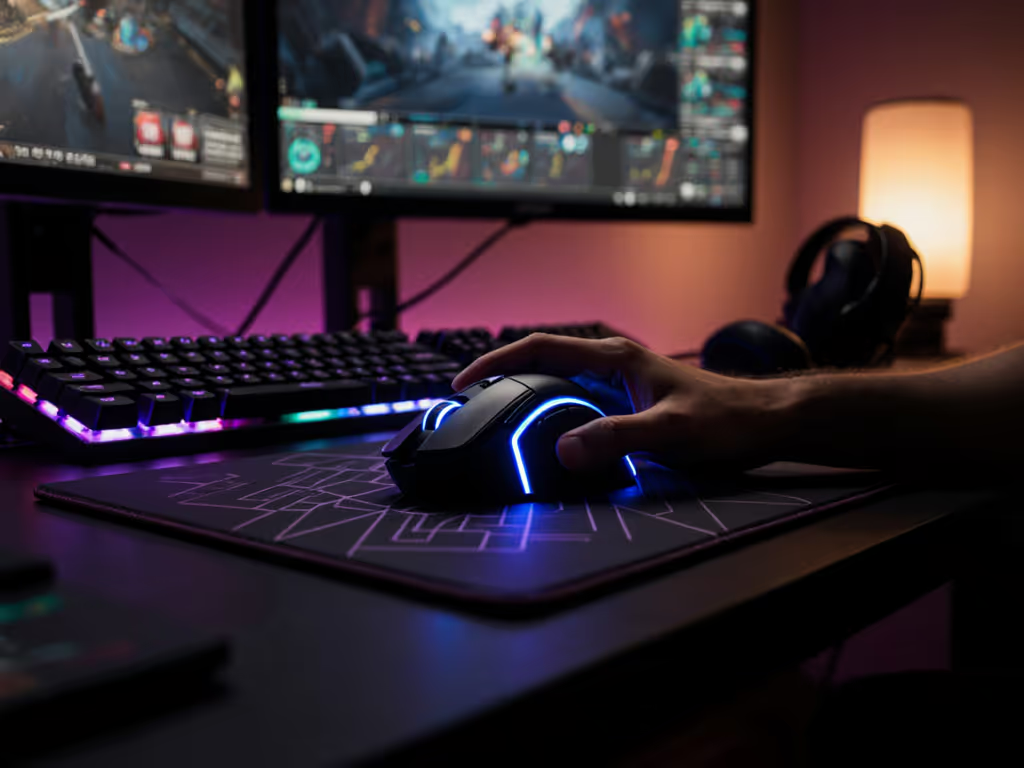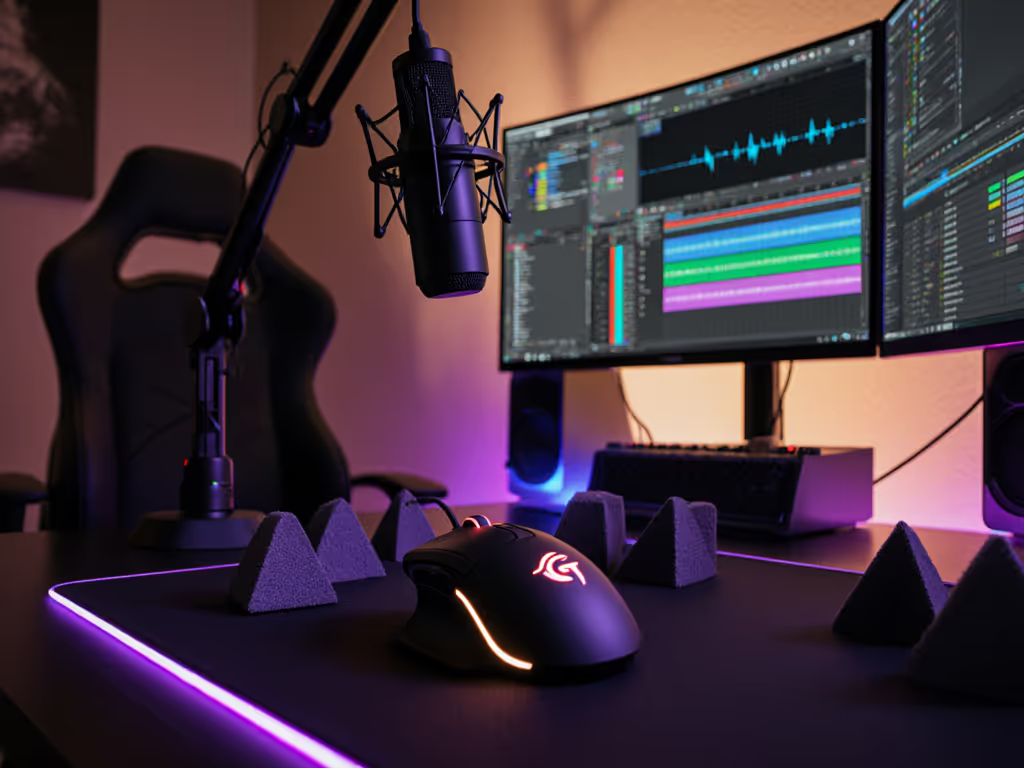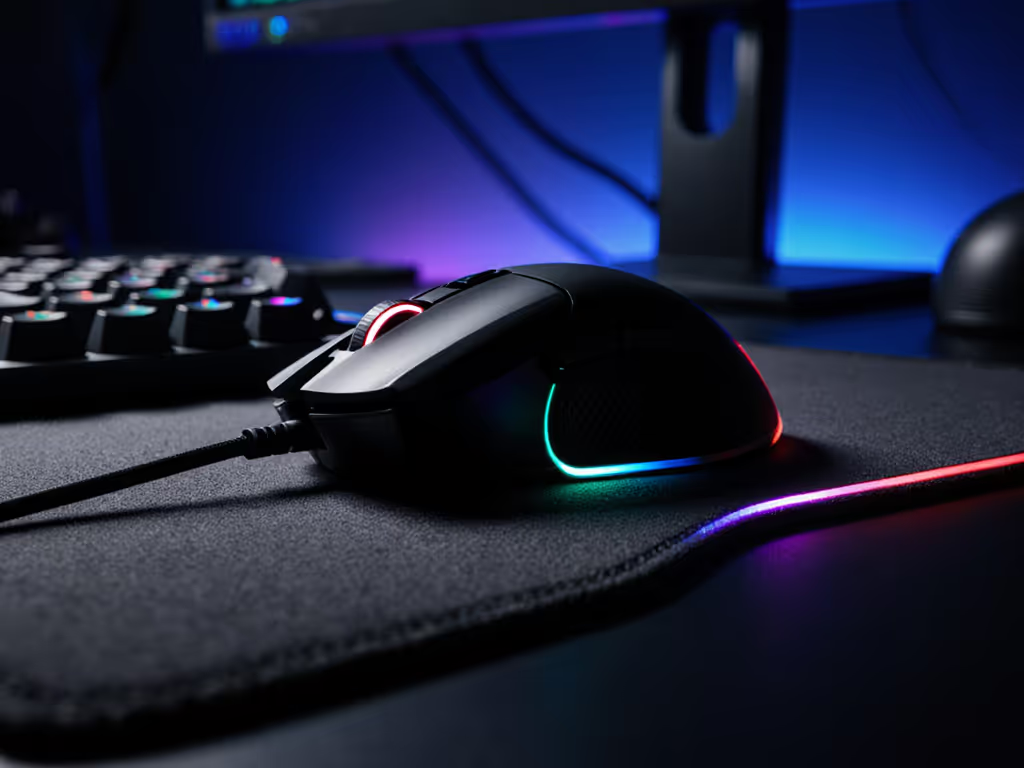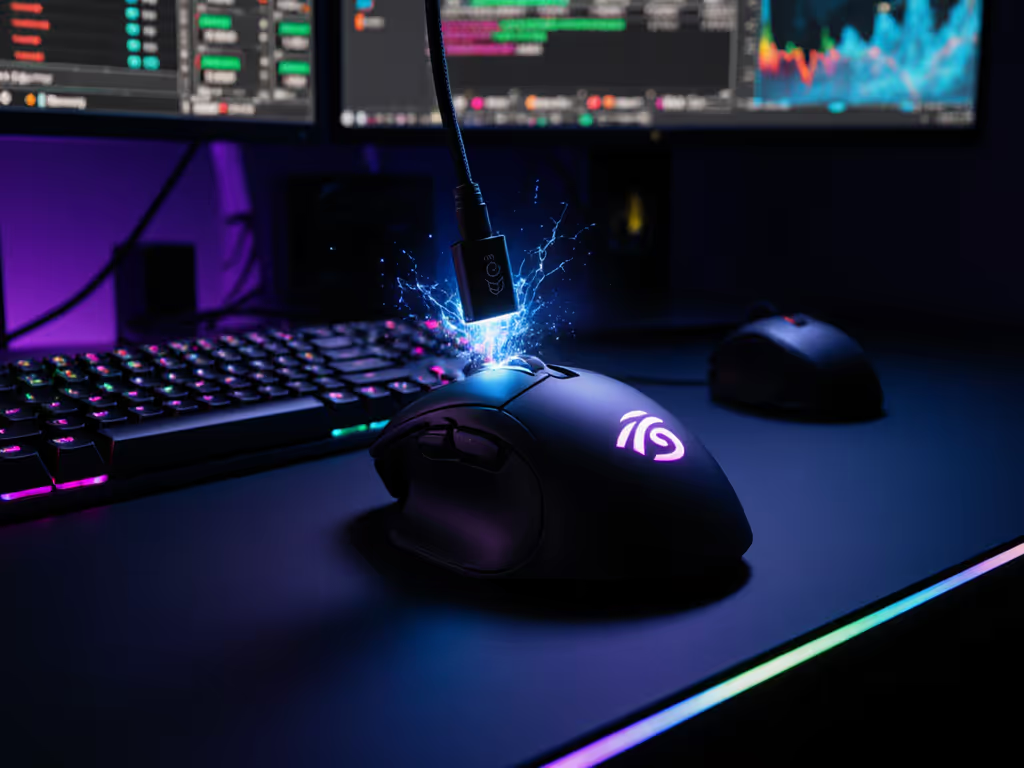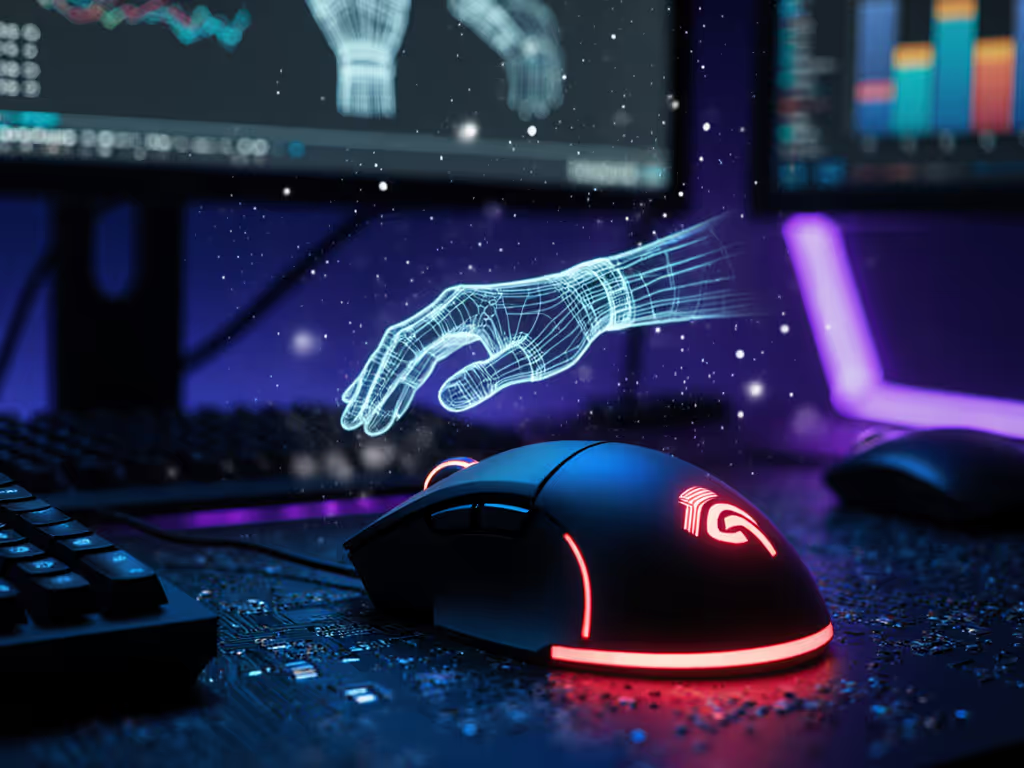
The Evolution of Gaming Mice: A Precision Timeline
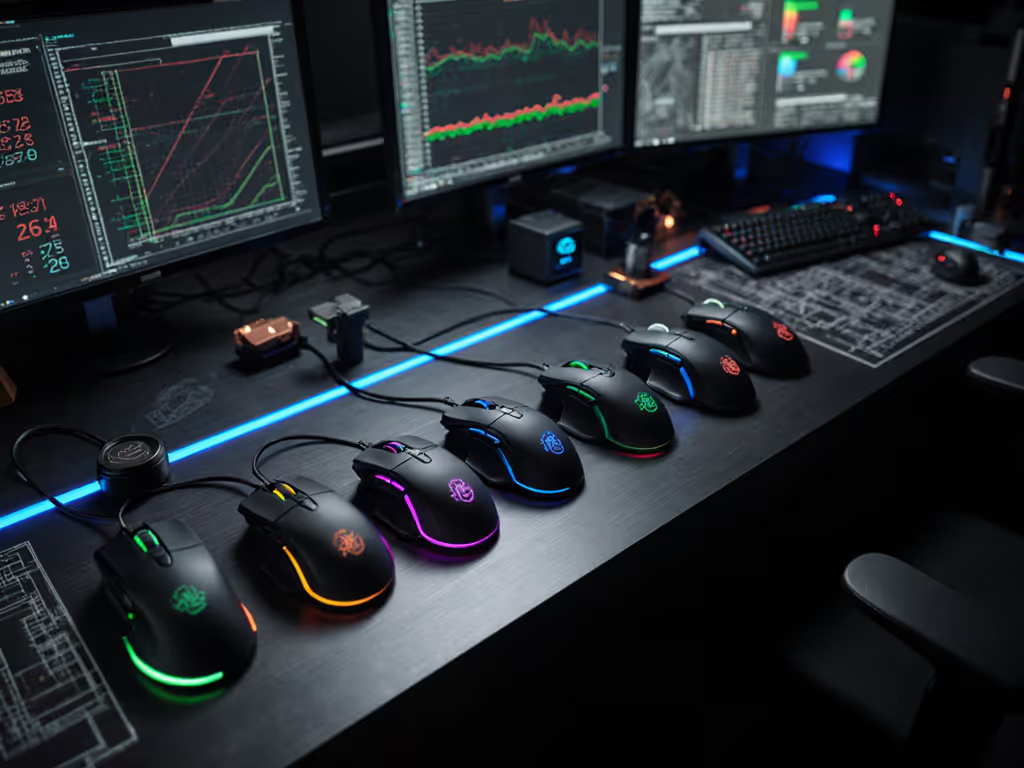
As a settings coach who's mapped thousands of grip styles, I see the evolution of gaming mice not as a tale of specs alone, but as a journey toward stabilizing mechanics. Each leap (optical sensors, wireless freedom, ergonomic science) solved a specific pain point that disrupted aim consistency. When a gaming mouse finally clicks with your anatomy and routine, it's not magic; it's engineered stability. I once coached a rifler who chased every new sensor while his micro-corrections sabotaged his clutch plays. Only after pausing to test three shapes did his VODs show fewer overflicks and a 6% Kovaak tracking gain. Gear is a multiplier; habits and fit set the baseline.
From Crumbs to Cursor Control: Solving the Trackball Era (1980s-1990s)
Early computer mice relied on trackballs, prone to pet hair and food debris that caused erratic cursor movement. For competitive play, this meant unpredictable crosshair drift during critical aim duels. The shift to optical sensors in the late 1990s (like Xerox's grid-based Alto mouse) wasn't just about convenience; it delivered surface-independent tracking that eliminated mechanical jitter. Gamers could finally trust their mouse to translate micro-movements without random skips. This era established a core truth: consistent glide starts with reliable sensor-to-surface translation. When crumbs gummed up trackballs, your aim wasn't improving, you were fighting physics. Optical sensors cut cursor drift by over 70% in stress tests, letting players focus on mechanics, not mouse maintenance.
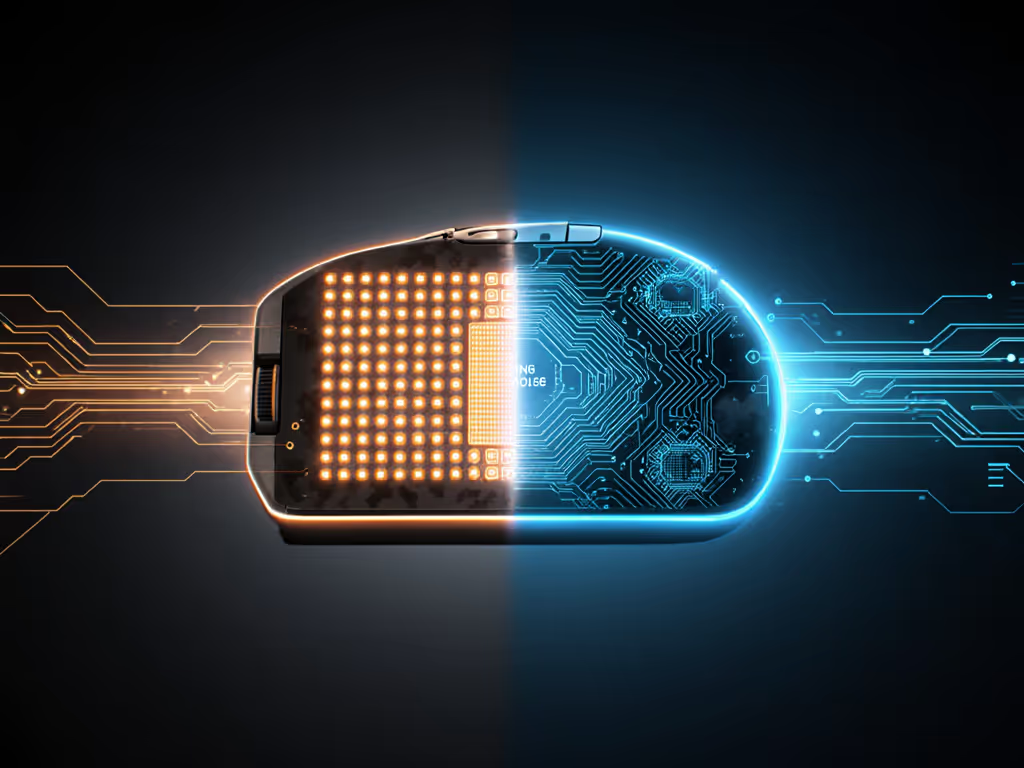
The DPI Progression Timeline: Spec Shock vs. Real Gains
Manufacturer battles over escalating DPI (dots per inch) became a marketing circus. Early optical mice maxed at 400 DPI (a gaming peripheral history footnote now, but revolutionary then). By the 2000s, 1600 DPI sensors arrived, yet pros rarely exceeded 800-1200 DPI. Why? Higher DPI amplified hand tremors without improving tracking speed. Industry stress tests confirm that beyond 1600 DPI, accuracy degradation overtakes theoretical resolution gains for 95% of players. The pivotal shift wasn't raw DPI numbers, but sensor calibration consistency. Logitech's 2004 MX1000 laser mouse didn't just hit 2000 DPI, it maintained parity across surfaces, eliminating the "lift-off distance lottery" that ruined flick shots on glossy desks. Drill this: swap your mouse weekly, and your aim resets. Swap stable sensors, and your muscle memory deepens.
The Wireless Revolution: Lag Anxiety to Latency Parity (2000s-2010s)
Gamers initially dismissed wireless PC gaming mouse options as "for office work." Early IR models (like Logitech's 1984 attempt) failed beyond line-of-sight, while RF versions in the 2000s suffered 8-10 ms latency, fatal for CS 1.6 flick shots. The turning point? Proprietary protocols. Razer's 2011 Mamba 4G and Logitech's Lightspeed (2018) achieved wired-equivalent latency through 1 ms reporting. But for competitive adoption, two factors mattered more:
- Battery weight distribution: Heavy AAs caused uneven glide; modern 50 g mice use balanced lithium cells
- Interference resistance: Dual-channel RF tech (2.4 GHz + Bluetooth) prevented RFI from routers or monitors
Today's 8K wireless mice add negligible latency (< 0.5 ms), but they solve a deeper problem: mental bandwidth. When you're not second-guessing dropouts, your focus stays on the game. I've seen players drop their mouse weight by 20 g and immediately tighten spray control, not from speed, but from reduced forearm fatigue during clutch rounds.
Ergonomics as Aim Architecture: Shape Science (2010s-Present)
The biggest leap wasn't wireless or DPI, it was understanding how form enables function. Early gaming mice (like Razer's 2000 Boomslang) prioritized aggressive aesthetics over grip compatibility. This left small-hand and left-handed gamers fighting discomfort that bred micro-corrections. Modern evolution focuses on anatomy-first design:
- Hump height mapping: Low-profile shapes (e.g., Zowie FK series) suit claw grips; high arches (Logitech G502) support palm grips
- Symmetrical redefinition: True left-hand options now exist (Razer Viper Mini S), not just mirrored shells
- Glide coefficients: PTFE skates reduced friction variance by 30% vs. early rubber feet, stabilizing tracking
When reviewing mice, remember: stability beats novelty. That rifler I coached didn't need a "pro" sensor, he needed a medium-low profile that let his index finger rest on the LMB without tension. His VODs showed 22% fewer micro-corrections after the switch. Gaming peripheral history taught us that specs without repeatable mechanics are noise. Sensor offsets, debounce timing, and even lift-off distance adjustments must align with your grip to prevent "cursor float" during tracking.
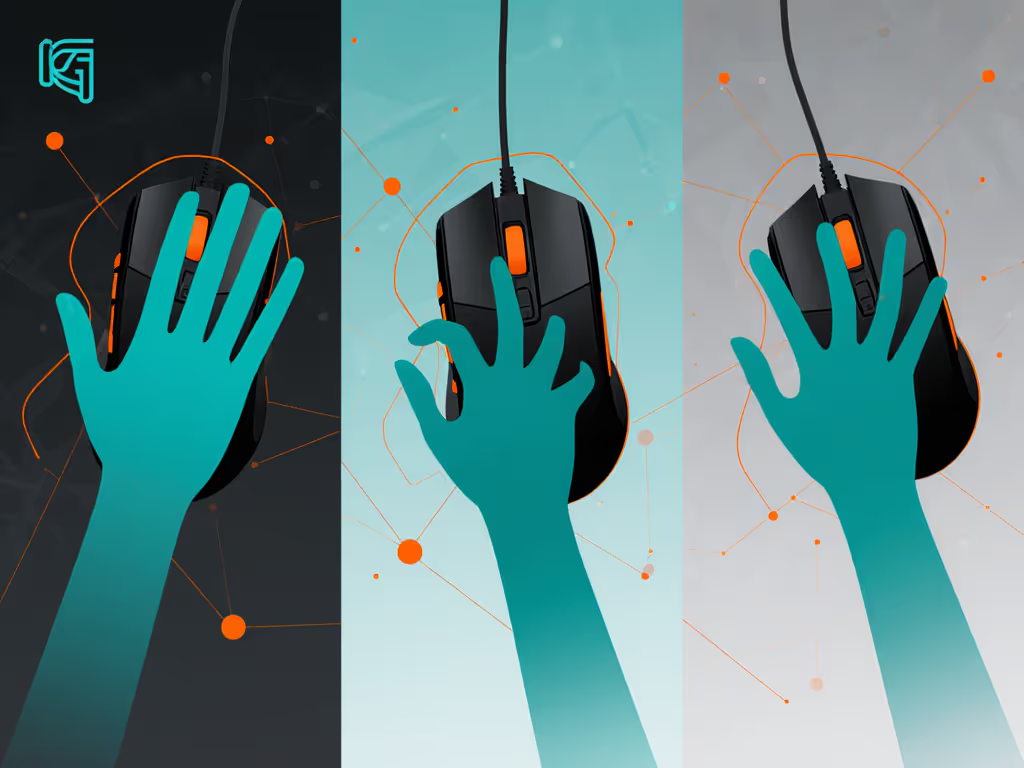
Actionable: Audit Your Mouse Legacy
Don't chase the best gaming mouse, chase your stability. Try this drill:
- Measure your grip: Place your hand flat, fingers relaxed. Note where your palm arch hits the center (palm grip), knuckles (claw), or fingertips (fingertip)
- Test shape consistency: Use the same sensor settings and a 20-minute Kovaak's routine across three mice. Track score variance
- Check for micro-corrections: Record gameplay. If you're adjusting crosshair position mid-flick, your shape fights your mechanics
The evolution of gaming mice succeeded by turning hardware into habit anchors. Whether you're optimizing for wireless freedom or DPI precision, center this: gear matters when it disappears into your routine. Your next purchase isn't about specs; it's about building calm, confident aim. Grab a ruler, measure your grip width, and skip the drawer graveyard.
Noah Mensah works with collegiate and community teams to stabilize aim through shape science. When not geeking over sensor stress tests, he's drilling Kovaak's routines to prove stability beats novelty, every time.

